- Reaction score
- 2,151
- Points
- 1,160
Wouldn't that be interesting to read an article on the war fighting ability of the CA.Here's an article providing a bit more info on the 811-man battalion.

Wouldn't that be interesting to read an article on the war fighting ability of the CA.Here's an article providing a bit more info on the 811-man battalion.
Like the current CA? EeekWouldn't that be interesting to read an article on the war fighting ability of the CA.
That's going to require a lot of new training for the Platoon commanders and Company Commanders.From the above Sept 2023 article....
A 50 km company.....
That's going to require a lot of new training for the Platoon commanders and Company Commanders.
| 1x Marine Littoral Regiment |
| 1x Combat Logistics Battalion |
| 9x LSM |
| 1x Littoral Anti-Aircraft Battalion | ||||||
| 1x Headquarters and Support Battery | ||||||
| 1x Air Control Battery | ||||||
| 1x Sensor Platoon | ||||||
| 1x FAD Platoon | ||||||
| 1x Air Control Platoon | 1x Air Control Platoon | |||||
| 1x GBAD Platoon | 1x GBAD Platoon | 1x GBAD Platoon | 1x GBAD Platoon | |||
| 1x Ground Based Air Defense Battery |
| 6x NSM | 6x NSM | 6x NSM | 6x NSM | 6x NSM | 6x NSM | |
| 3x NMESIS | 3x NMESIS | 3x NMESIS | 3x NMESIS | 3x NMESIS | 3x NMESIS | |
| 1x Section | 1x Section | 1x Section | 1x Section | 1x Section | 1x Section | |
| 1x Platoon | 1x Platoon | |||||
| 1x ASM Battery |
| 1x Platoon | 1x Platoon | 1x Platoon | 1x Platoon | 1x Platoon | 1x Platoon | |
| 1x Rifle Company (EABO) | 1x Rifle Company (EABO) | |||||
| 1x Platoon | 1x Platoon | 1x Platoon | ||||
| 1x Rifle Company (QRF) | ||||||
| 1x Littoral Combat Team |
Requirements for the ship call for an LSM capable of carrying at least 75 Marines, hauling 600 tons of equipment, and having an 8,000 square foot cargo area, a NAVSEA spokesperson told USNI News last week.
To complement its existing acquisition program for a light landing vessel, the Army seeks to build a much larger 400-foot landing ship dubbed the Maneuver Support Vessel - Heavy (MSV-H). With a payload of up to 175 soldiers and their equipment, it would have more than twice the capacity of the Marine Corps' LSM. The Army is looking for a design that can move at 18 knots, about 50 percent faster than its current vessels, project manager Wolfgang Petermann told Breaking Defense this week.
Based on the initial specifications for a similar Maneuver Support Vessel (Next) program released by the Army in 2020, the vessel would have a payload of about 1,200 dwt and would be capable of operations in Sea State 7 conditions. Reflecting the Army's practically-minded approach to maritime operations, the specification has stringent requirements for ease of repair.
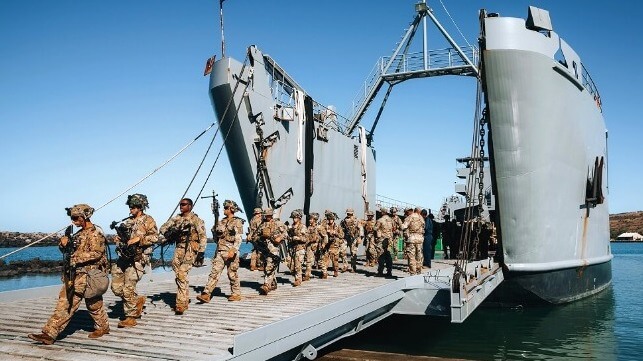

Speaking of the LCS
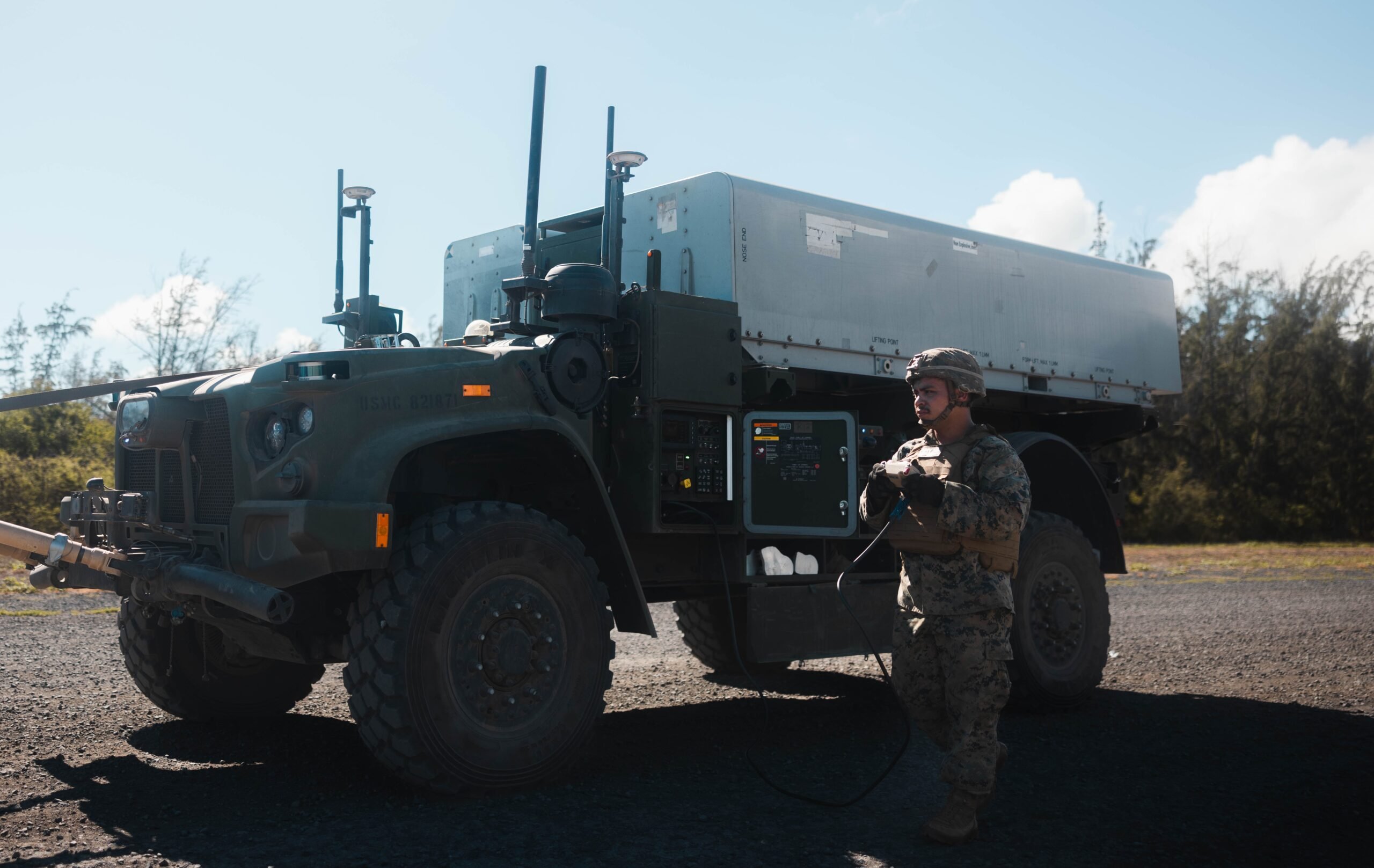

The Marine Corps new anti-ship missile launchers will add a self-driving capability following a Pentagon contract for ground vehicle autonomy.
On Monday, Forterra announced that its AutoDrive System will be integrated into Oshkosh Defense’s Remotely Operated Ground Unit for Expeditionary (ROGUE) Fires vehicles, an unmanned variant of the Joint Tactical Light Vehicle, developed for the Marine Corps. The service is set to operate two vehicle variants through the Naval Strike Missile-mounted Navy-Marine Expeditionary Ship Interdiction System (NMESIS) and the Tomahawk-capable Long Range Fires Launcher. According to the service, these launchers will provide the service with “an organic anti-surface warfare capability in support of Expeditionary Advanced Base Operations.”
“Fielding self-driving ground autonomy on ROGUE Fires is crucial to the Marines’ modernization plans and Forterra is proud to partner with Oshkosh Defense on a system that will reduce casualties and improve our warfighters’ ability to fight and win,” said Christian Seifert, Head of Robotic Missile Systems at Forterra in a statement to USNI News.
Since its introduction in 2021, the unmanned ROGUE Fires missile launcher maneuvered via remote control or followed a leader vehicle. Marine operators also guided the vehicle on foot using this follow-the-leader capability. While earlier modes of guidance demonstrated limited autonomy, this is the first time the service plans to install a self-driving capability on NMESIS. Forterra claimed that its AutoDrive system will bring enhanced maneuverability in any environment while also lessening the strain on its Marine operators from remotely controlling the launcher.



 ukdefencejournal.org.uk
ukdefencejournal.org.uk
New evolution.
Autonomous Surface Effect Ships.
The Norwegians have been operating their Skjolds for over 25 years. The Skjolds are shallow draft catamarans that float on a bubble of air. Low displacement (274 tonnes full load), high speed (up to 60 knots in calm seas, 25 knots in SS5) with a crew of 15-16.
Strategic Marine of Singapore has started to supply SES variants of Offshore Supply Vessels.
The next step has been to marry up the platform with Autonomous pilotage technologies to produce a Minimally-Optionally Crewed Vessel that can carry 40ft TEUs. This creates a multi-role platform.
View attachment 92932

US and Australian firms unveil autonomous naval strike craft
A new design for a fast, modular naval vessel capable of autonomous operations and missile launch has been unveiled by US defence company Eureka Naval Craft and Australian autonomy specialists Greenroom Robotics.ukdefencejournal.org.uk

EUREKA! High-Speed AIRCAT SES for Military Missions
Eureka Naval Craft is introducing its suite of high-speed AIRCAT (air cushion catamarans) surface effect ships (SES), already in…www.marinelink.com
According to the Euronaval presentation - the craft fits within the footprint of an LCAC in an LHD, and is beachable. It has a range at 50 knots of 1000 nautical miles.
This seems to fit with the USMCs EABO/Light Amphibious Warship/Stand In Force requirement.


...one controversial take from Jonathan Panter, a Stanton nuclear security fellow at the Council on Foreign Relations in New York City and a “conservatism and governing fellow” at the Manhattan Institute for Policy Research, actually makes cold hard sense. In an essay for War on the Rocks, Panter has forcefully argued for the US Navy to pull back from the western Pacific and reposition warships – currently forward-deployed to Japan and other friendly countries – closer to American shores.
“Naval forward presence – the practice of maintaining combat-credible naval forces worldwide to deter adversaries, reassure allies, respond to crises and perform constabulary functions for the global commons – has dominated US foreign policy since the 1990s,” Panter wrote.
But the decades of forward presence has taken a toll on the cash-strapped US fleet as fewer and fewer warships and their crews work harder and harder in more distant locales. “If the United States wishes to deter China, Beijing must believe Washington can fight a sustained, brutal war – one in which the US Navy can take major losses and still fight on,” Panter wrote. “Today, that is not the case, and the concept of ‘naval forward presence’ bears much of the blame.”
There are two basic approaches to naval deterrence. One: to keep ships on patrol in the likeliest conflict zones as a constant show of force. Two: to keep the same ships at home – and surge them into action only when it’s time to fight.
For decades, it was the consensus in US navalist circles that forward patrols were more effective as deterrence. The sight of an American warship, looming on the horizon, would surely make some aggressor think twice before doing something rash, right?
Maybe, but forward presence comes at a cost. And while Panter’s argument hinges on the material cost – the strain on hardworking ships and their crews at a time when the US Navy is struggling to grow its fleet – there’s an equally compelling corollary. In short, forward-deployed ships are vulnerable to sneak attacks by China’s growing missile arsenal and fast-improving submarine fleet.
The Center for Strategic and International Studies in Washington DC proved this vulnerability in its seminal 2023 war game simulating a Chinese invasion of Taiwan – and a US and allied intervention on Taiwan’s behalf.
“Military doctrine calls for forward deployments to enhance deterrence during a crisis, but these forces make tempting targets,” CSIS warned. In most iterations of the war game, even the ones in which the Chinese invasion failed and Taiwan remained free, Chinese missiles – streaking down without warning in the first hours of the war – ultimately sank all of the roughly 50 major warships the US Navy sails from Japan.
It would be safer for the Americans’ Japan-based aircraft carrier and amphibious ships and their cruiser and destroyer escorts to return home to the US West Coast, wait out in the initial waves of Chinese attacks and then steam toward Taiwan to relieve the island nation’s beleaguered defenders, CSIS concluded. American losses in ships and sailors were lightest when the US Navy “did not push its fleet forward as a deterrent signal prior to the start of conflict.”






In an article posted on the Ministry of Defence’s website, Minister of National Defence Nikos Dendias described Achilles Shield as having “anti-missile, anti-aircraft, anti-drone, anti-ship and anti-submarine” capabilities — capabilities that would allow naval ships and fighter jets that currently do homeland defense to instead operate farther from Greek territory.
So, pull the US Pacific Fleet to the West Coast, 10,000km away from Taiwan. Let China cross the 200km Taiwan Straight unopposed and get a secure landing or possibly even take the island before the US fleet arrives and then require an opposed landing within range of missiles based in mainland China to retake the island/relieve the remaining defenders?Meanwhile, this:
An aging fleet, wearing out on constant patrols, much as the continental embargo of Napoleonic Europe beat up the Royal Navy's ships of the line. (That effort also resulted in recruitment and retention issues that resulted in press gangs (conscription) and the Spithead and Nore Mutinies). The hulls lasted out the war but were converted to hulks and then scrapped to be replaced by more frigates and schooners, suitable for long range high-seas patrols and then, ultimately, to be replaced by steamships.
One solution swap out the ships for an island based A2AD solution reliant on the USMC and the US Army as well as the local allies. Then bring the ships home where they can be nursed through their remaining hours and years of life and kept as a mobile reserve.
This seems to be in keeping with the USMC MLR Regiments, the US Army's MDTFs, the search for island hopping transport for both the Marines and the Army and the emphasis on Stand In Forces. And, crucially, the emphasis by both services on Long Range Fires and IRSTA assets.
View attachment 92936View attachment 92937
That and the fortifying of Guam.

FEATURE | Weighing the pros and cons of "Fortress Guam" in light of USA's successful SM-3 anti-ballistic missile test yesterday
GRAPHIC-Can a US missile defense system shield Guam from Chinese threat?www.bairdmaritime.com
And the upgrading of assets at Kadena

Kadena Adds Second Batch of F-35s to Its Fighter Rotation
An F-35 squadron from Hill Air Force Base, Utah, deployed to Kadena Air Base in Japan, joining F-35 and F-15E fighters already there.www.airandspaceforces.com
And the deployment of the Army's MDTF 3 on Hawaii with MDTF 1 in reserve at Lewis-McChord.

Army’s 3rd Multi-Domain Task Force to get its own Typhon missile system
The second Pacific MDTF has also joined Transformation in Contact, while building its way to 2,000 soldiers.www.defenseone.com
....
All of this ties in with these observations from Greece

Hellenic dome? Greece touts 'Achilles Shield' air defense system to free up ships, fighter jets - Breaking Defense
It remains to be seen if Athens is set on acquiring Israel's Iron Dome or holds interest in other solutions, but at a more general level, Achilles Shield is part of an extraordinary modernization push.breakingdefense.com
....
Everybody is short of bodies. Everybody is looking at doing things differently.
So, pull the US Pacific Fleet to the West Coast, 10,000km away from Taiwan. Let China cross the 200km Taiwan Straight unopposed and get a secure landing or possibly even take the island before the US fleet arrives and then require an opposed landing within range of missiles based in mainland China to retake the island/relieve the remaining defenders?
Are you planning on replacing forward deployed USN assets with equal numbers of forward deployed USAF and USMC assets using equivalent numbers of weapons based in Taiwan, Japan and the Philippines? Or are you suggesting that the US hand over large quantities of their own weapons to their partner nations and ask them to deter China while the US pulls back its forces to a safe distance?Or.
Take all the bombs and missiles found on board thse forward deployed vessels and place them on Taiwan, Kadena, the Phillipines and Guam so that they can actively engage the PLAN during the crossing
Are you planning on replacing forward deployed USN assets with equal numbers of forward deployed USAF and USMC assets using equivalent numbers of weapons based in Taiwan, Japan and the Philippines? Or are you suggesting that the US hand over large quantities of their own weapons to their partner nations and ask them to deter China while the US pulls back its forces to a safe distance?

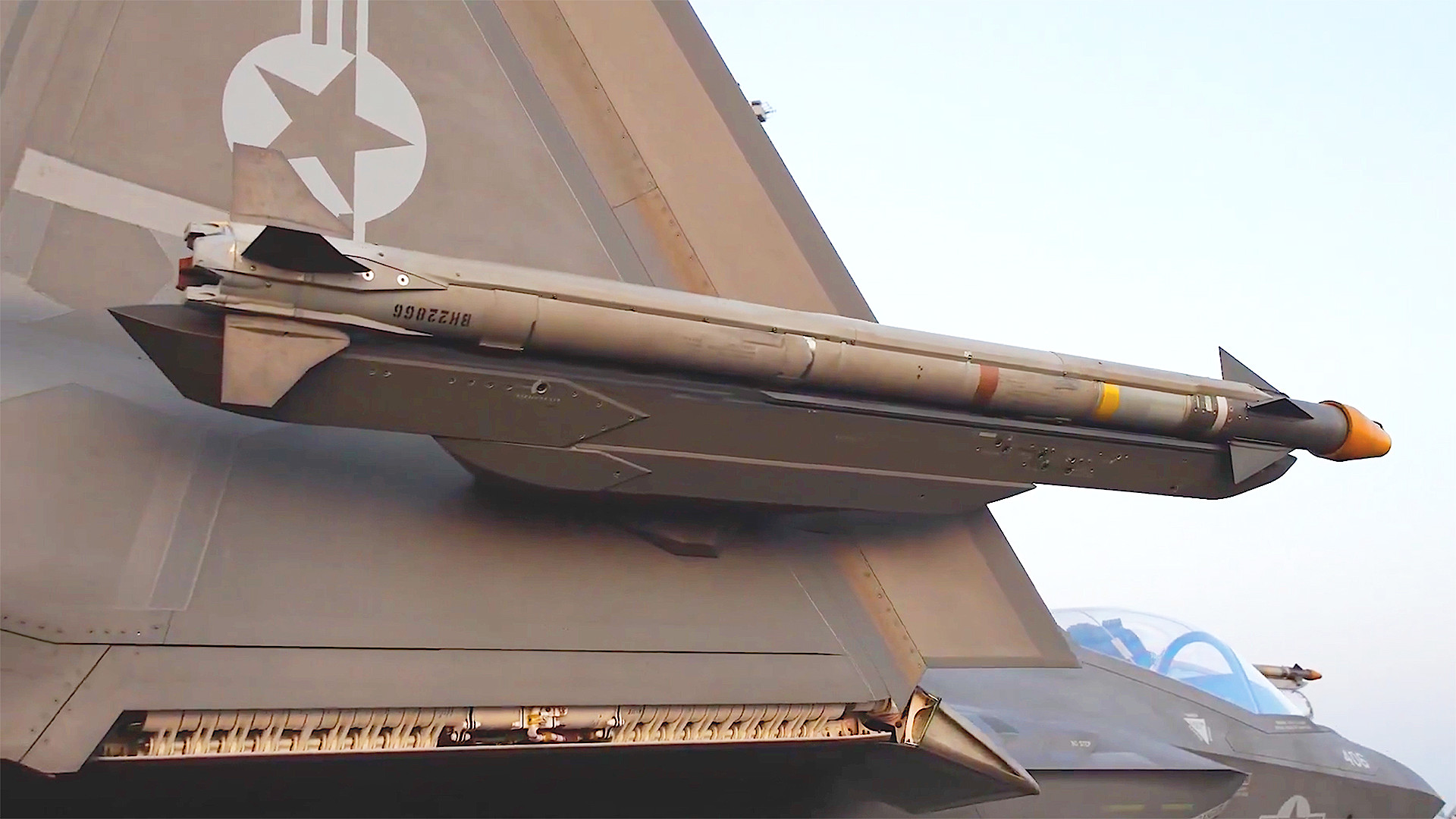
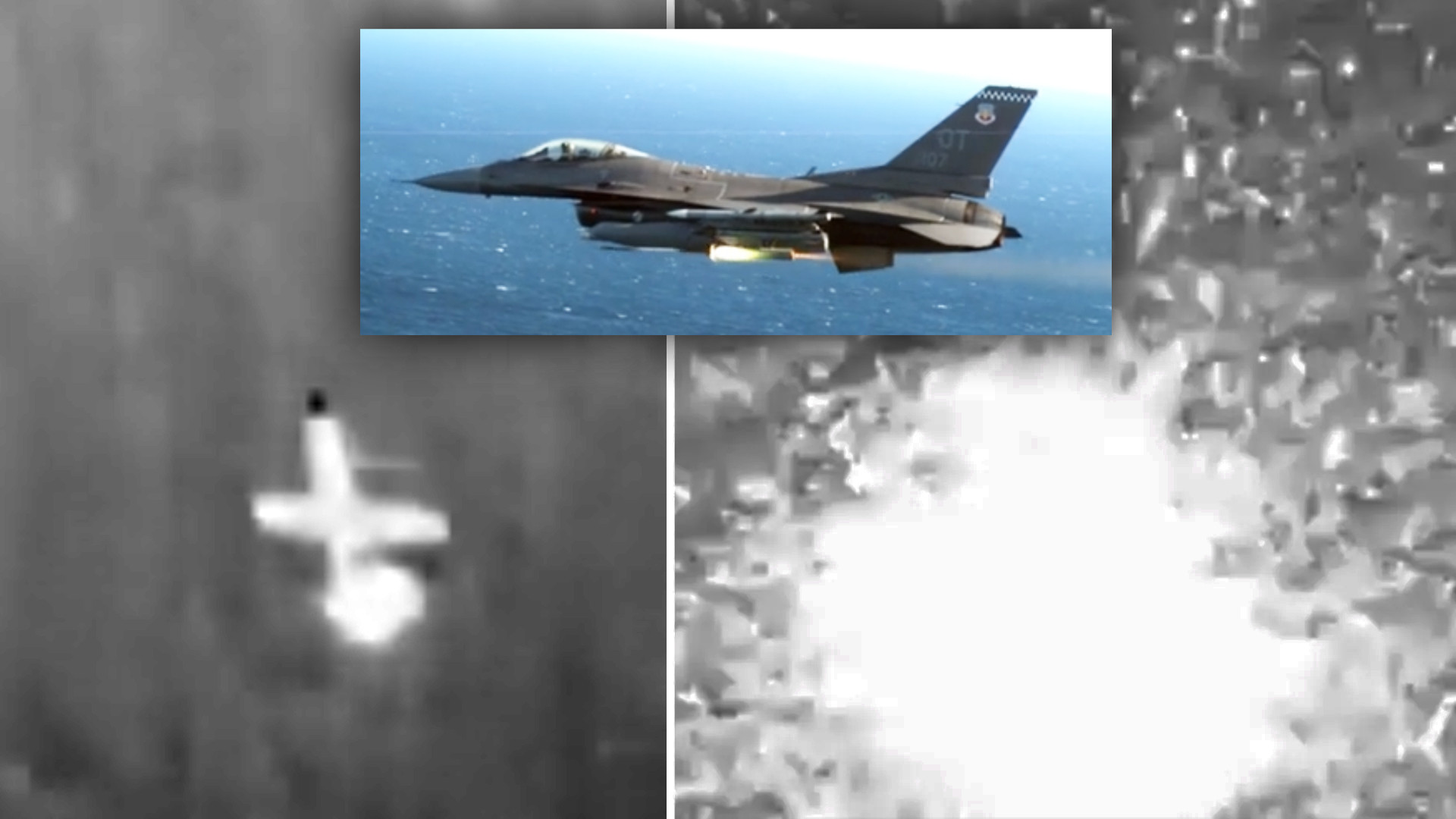
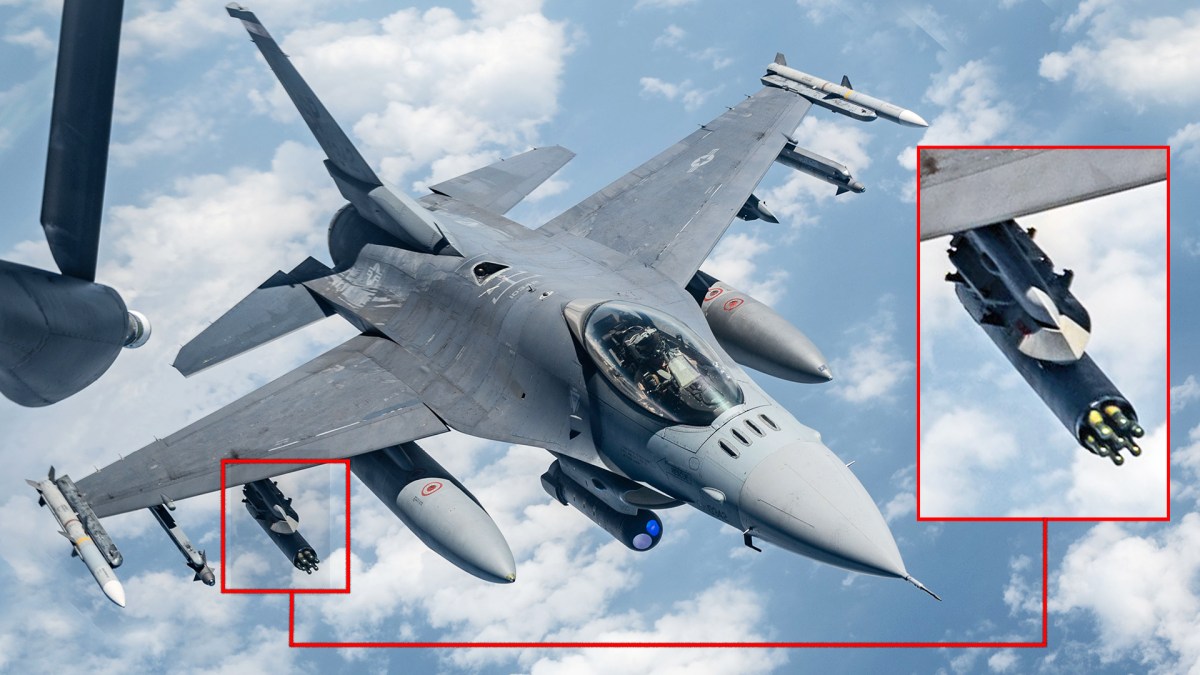
Frankly, I think that any strategy which envisions US surface fleets pushing forward into the Chinese A2/AD zone upon a Chinese attack on Taiwan as utter foolishness. It would play 100% into Chinese strengths.I think there is a viable plan somewhere along the lines of the locals buying lots of bombs and missiles from their own factories (SK, Japan, Taiwan, Indonesia, Singapore, Malaysia, Australia) as well as from the US and Europe while the US increases its footprint in places like Okinawa-Kadena, Australia-Darwin, Luzon-Phillipines as well as modifying its foot-print in Hawaii, Guam and Saipan, while maintaining friendly relations with Malaysia, Singapore and other like minded countries.
A navy is a great tool for managing the unexpected. It permits a show of force everywhere. Your enemies don't know when they might be hit or where.
But if you know the targets and you know the strike distance of the naval force then you decrease the search area in which the naval force might be located. Which brings to mind another Napoleonic era aphorism, this time from a Brit, Nelson: "A ship's fool that fights a fort".
China is a fort. The USN is at a disadvantage against China.
Conversely Japan, Taiwan, the Phillipines, Indonesia, Australia, New Zealand, Singapore, Malaysia - all characterised by islands that can be converted into mutually supporting forts with interlocking arcs of fire.
The PLAN is at a disadvantage against those islands. Even converting sandbars into airfields and rafts of fishing boats into platforms does nothing more than establish OPs under the guns of the locals in "no-man's land". China would be hard-pressed to launch any kind of offensive against any of its 9 Dash Line neighbours from the Spratlies.
Countries at greater risk, in my opinion, are those with land borders, including South Korea, but even there China has never demonstrated an ability to focus. For a country dedicated to Sun Tzu and patience they seem inclined to pick fights with everyone, everywhere all at the same time.
....
The USN can't replace its WW2-Cold War fleet fast enough. Its fleet is wearing out. The number of Carriers and Gators is being whittled down bit by bit and technology breakthroughs aren't happening fast enough (electric drives, magnetic launchers and directed energy weapons).
This article does a great job of describing the advantages and limitations of the US Navy's carrier based strategy. It references the USN's experiences in Bosnia, Gulf Wars 1 and 2, maintaining standing patrols and various exercises.
The Carrier Myth | Air & Space Forces Magazine
The enthusiastic claims of some aircraft carrier proponents frequently defy reality.www.airandspaceforces.com
In my view the common limitation was maintaining supply routes to very small platforms that moved. Eventually all those platforms ran out of bullets, beans and bandages as well as fuel and had to withdraw to replenish.
But those withdrawals inevitably were under fire. The carrier group / amphibious group, having opened fire and disclosed itself attracts attention. It now has to break contact while actively engaged meaning that it must conduct a fighting withdrawal. That means that it can't wait until its magazines and bunkers are empty before it breaks contact. That eats into the length of time the force can stay on station and deliver effective strikes.
And if the enemy has the ability to effectively engage the strike force with missiles in the 1,000 to 10,000 km range then that fighting withdrawal is going to eat up a lot of ammunition rendering the effective forward engagement time even shorter and less effective.
....
The RN is in the process of sending a small Carrier Group to the Pacific by way of the Med, the Suez and the Red Sea. It will be running the Houthi gauntlet. It will be interesting to see how the Houthis and the RN manage the engagement.

UK carrier strike group set for 8-month collaborative Pacific deployment
In ‘global messaging’ move, 12-nation force set for drills in waters near India, Southeast Asia, South Korea and Japan.www.scmp.com
...
What the Ukrainians and the Houthis, and all other wars have shown, is the importance of deep magazines. And I mean that both in the sense of depth of stocks and depth as in the sense of being buried deep to protect them. A thousand tonnes of ordnance buried in a mountain on Taiwan is safer and more available than the same thousand tonnes protected by the steel of a carrier with 5000 bodies sitting on top of it.
Right now the Phillipines and a lot of nations are having to base their foreign policy based on what ever Donald Trump has tweeted at 05:30 this morning.Unfortunately I'm afraid that the recent actions of the US make any strategy of pushing more of the initial response on local allies much more difficult. If you were the Philippines for example and China invaded Taiwan how confident would you be in launching missiles on the PLAN, or allowing US Marines on your territory to launch attacks if you weren't 100% certain the USN and USAF would be coming to help/defend you?
Right now the Phillipines and a lot of nations are having to base their foreign policy based on what ever Donald Trump has tweeted at 05:30 this morning.
And then there will be tomorrow's tweet.....
Some new toys for the USMC (and the US Army) to play with.

US and Australian firms unveil autonomous naval strike craft
A new design for a fast, modular naval vessel capable of autonomous operations and missile launch has been unveiled by US defence company Eureka Naval Craft and Australian autonomy specialists Greenroom Robotics.ukdefencejournal.org.uk

Near Earth’s Firefly system to support USMC Tactical Resupply programme
Near Earth Autonomy has been awarded a contract to provide its Firefly miniaturised autonomy system for the US Marine Corps TRUAS programme.www.naval-technology.com
View attachment 92933
This is a Malloy product previously trialled by the Royal Marines and the RN. It has been used, in a larger configuration, as a CQ resupply vehicle, to transport casualties and drop torpedoes.

The Marine Corps is looking for medium-sized cargo drones to handle supply missions across the far-flung islands of the Pacific. One company hopes its acquisition of a drone from an uncrewed-logistics pioneer will put it in the running.
On Tuesday, Piasecki Aircraft Corporation announced it had acquired Kaman Air Vehicles’ KARGO program, a medium-lift drone that fits in a standard trailer and can lift a 500-pound payload for long distances, or a 1,000-pound payload for short missions of about 100 nautical miles, said President and CEO John Piasecki. But those numbers will likely change as the Marines examine their resupply needs more fully.
The Army and the Marines both need a variety of cargo drone types and payloads, from relatively small ones that only travel short distances to what Piasecki called medium-range drones, capable of carrying 500- to 800-pound payloads, as well as even heavier-duty ones. The Marines are discussing the tradeoffs of extending the payload requirement to 1,400 pounds, he said.
The first unmanned K-MAX served in Afghanistan during Operation Enduring Freedom from 2011 to 2013. The 33-month experiment saved numerous lives and proved the concept and value of unmanned aerial logistics. The two USMC K-MAX air vehicles are being upgraded through a contract with the US Navy and will include enhanced autonomous capabilities including a new unmanned system, ground control station, and sensor-based autonomy.


